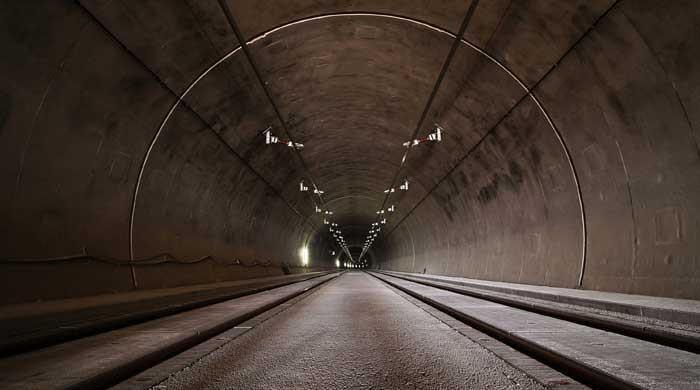Europe is working on an ambitious underwater tunnel project, Fehmarnbelt, on the banks of the Baltic Sea which will revolutionize European transport.
According to CnnThis project should connect Denmark and Germany to a two -lane highway and two lines of electrified rail, all under one of the most occupied shipping channels in the world.
At 18 kilometers away, Fehmarnbelt may not correspond to the 50-kilometer length of the chain tunnel between Great Britain and France, but it is ready to be the longest road and railway tunnel, as well as the longest “submerged” tunnel in the world.
Unlike traditional tunnels which are excavated through solid lands, Fehmarnbelt will use prefabricated concrete sections, which are lowered in a trench on the seabed, linked together and buried.
Last month, the first sections of prefabricated concrete tunnel, called elements, left the factory in Rødbyhavn in Denmark, marking an important step in the project which should be completed in 2029.
With an amazing budget of 7.4 billion euros, this company is monumental.
Each tunnel element is 217 meters long, 42 m wide and nine meters deep, weighing an impressive 73,000 tonnes, equivalent to 10 Eiffel rounds.
The specially designed factory, the largest of the genre in the world, extends over 220 hectares, equivalent to 300 football fields. Inside, three large construction rooms equipped with six production lines operate tirelessly, producing an element of 217 meters every nine weeks.
Each section is built around dense steel cages reinforcing and consists of nine segments 24 meters long.
Denise Juchem, spokesperson for Femern A / S, the company supervising the project, noted that if a date of immersion of the first element remains to be confirmed, preparatory work is in progress.
“This is a very complex process and very dependent on weather conditions. We are currently testing very complex ships specially designed for our project.”
Meanwhile, construction continues on the two tunnel portals in Rødbyhavn and Puttgarden.
Located a stone’s throw away from the existing ferry ports, the tunnel will reduce the journey times, reducing the 45 -minute ferry trip just 10 minutes by car and seven minutes by train.
The Hamburg train in Copenhagen, which takes five hours at present, will take half the opening of the tunnel.
“The Fehmarnbelt tunnel will change the game for tourism in Denmark and the broader Scandinavian region,” said Mads Schreiner, international director of the Visitdenmark market, said Cnn.
“By considerably reducing the journey time between Germany and Denmark, this will make our country more accessible than ever for visitors from Central Europe. We expect to see an increase in autonomous tourism, breaks in the weekend city and sustainable travel options such as train tourism and cycling.
“This new connection presents incredible opportunities for destinations in eastern Denmark, because more and more travelers will explore beyond Copenhagen.”




